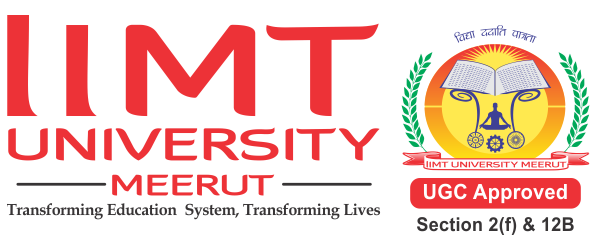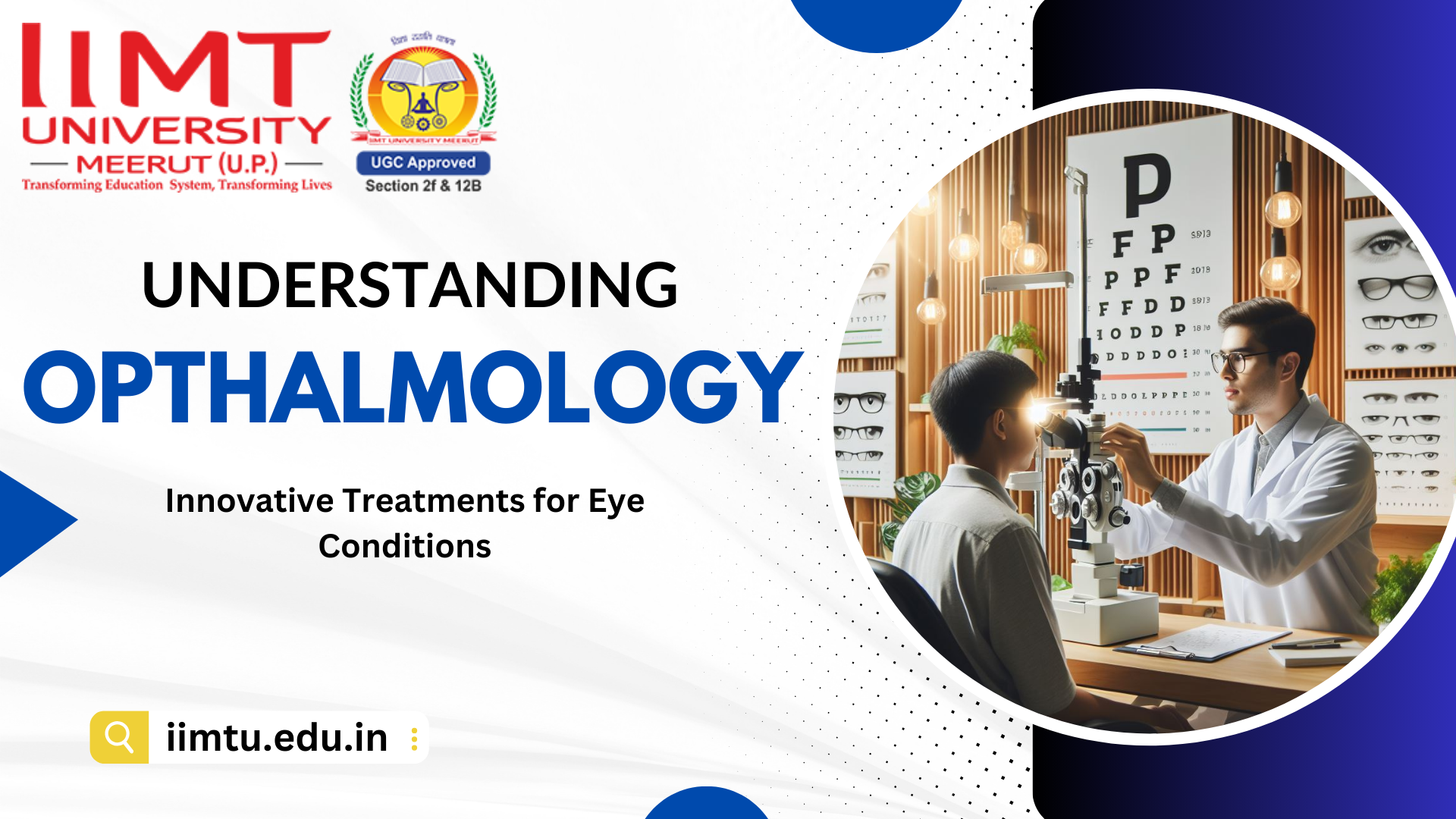Welcome to our comprehensive guide on ophthalmology, where we delve deep into the intricacies of this fascinating field. As leaders in the ophthalmic industry, we are dedicated to providing valuable insights and knowledge to professionals and enthusiasts alike. In this article, we will explore the latest advancements, innovative treatments, and emerging trends in ophthalmic care.
Understanding Ophthalmology: A Brief Overview
Ophthalmology mainly deals with the anatomy, physiology, and eye diseases. It encompasses a wide range of sub-specialties, including cataract surgery, refractive surgery, retina services, glaucoma management, and corneal transplantation. Ophthalmologists are highly trained medical doctors who specialize in diagnosing and treating eye conditions, ranging from common refractive errors to complex retinal diseases.
Evolution of Ophthalmic Technology
Advancements in technology have revolutionized the field of ophthalmology, allowing for more precise diagnoses and effective treatments. Laser eye surgery, such as LASIK and PRK, has become increasingly popular for correcting refractive errors like myopia, hyperopia, and astigmatism. Additionally, intraocular lenses (IOLs) have transformed cataract surgery, providing patients with improved vision and reduced reliance on glasses or contact lenses.
Innovative Treatments for Eye Conditions
In recent years, there has been a surge in innovative treatments for various eye conditions. Anti-VEGF therapy has emerged as a game-changer in the management of age-related macular degeneration (AMD), helping to preserve vision and prevent further damage to the retina. Similarly, gene therapy holds promise for treating inherited retinal disorders by targeting specific genetic mutations.
Embracing Teleophthalmology
Teleophthalmology, the use of telecommunications technology to provide remote eye care services, has gained traction in recent years, particularly in underserved communities and rural areas. Through teleophthalmology, patients can receive remote consultations, screenings, and follow-up care without the need for in-person visits to a clinic or hospital. This approach not only improves access to eye care but also enhances efficiency and convenience for both patients and providers.
Addressing Global Eye Health Challenges
Despite significant progress in ophthalmic care, there are still numerous challenges to overcome, particularly in the realm of global eye health. Cataracts, glaucoma, diabetic retinopathy, and uncorrected refractive errors remain leading causes of vision impairment and blindness worldwide. Addressing these challenges requires a multi-faceted approach, including increased access to care, public health initiatives, and health education campaigns.
The Future of Ophthalmology: A Look Ahead
As we look to the future, the field of ophthalmology is poised for further innovation and advancement. Artificial intelligence (AI), machine learning, and big data analytics are expected to play increasingly prominent roles in diagnosis, treatment planning, and clinical decision-making. Additionally, regenerative medicine, stem cell therapy, and nanotechnology hold promise for repairing damaged ocular tissues and restoring vision in patients with irreversible eye conditions.
To know more – Visit our Website
For admission related queries – Click here or call us @ 9997089170
Author:- Md Javed Ansari

